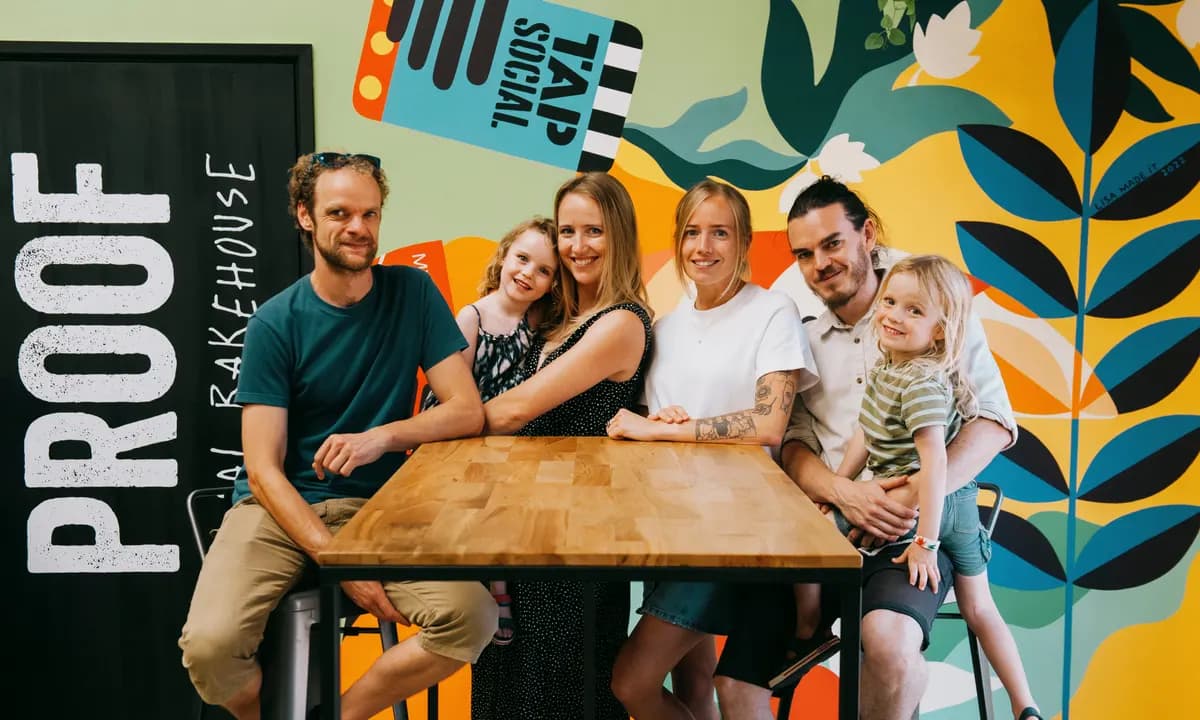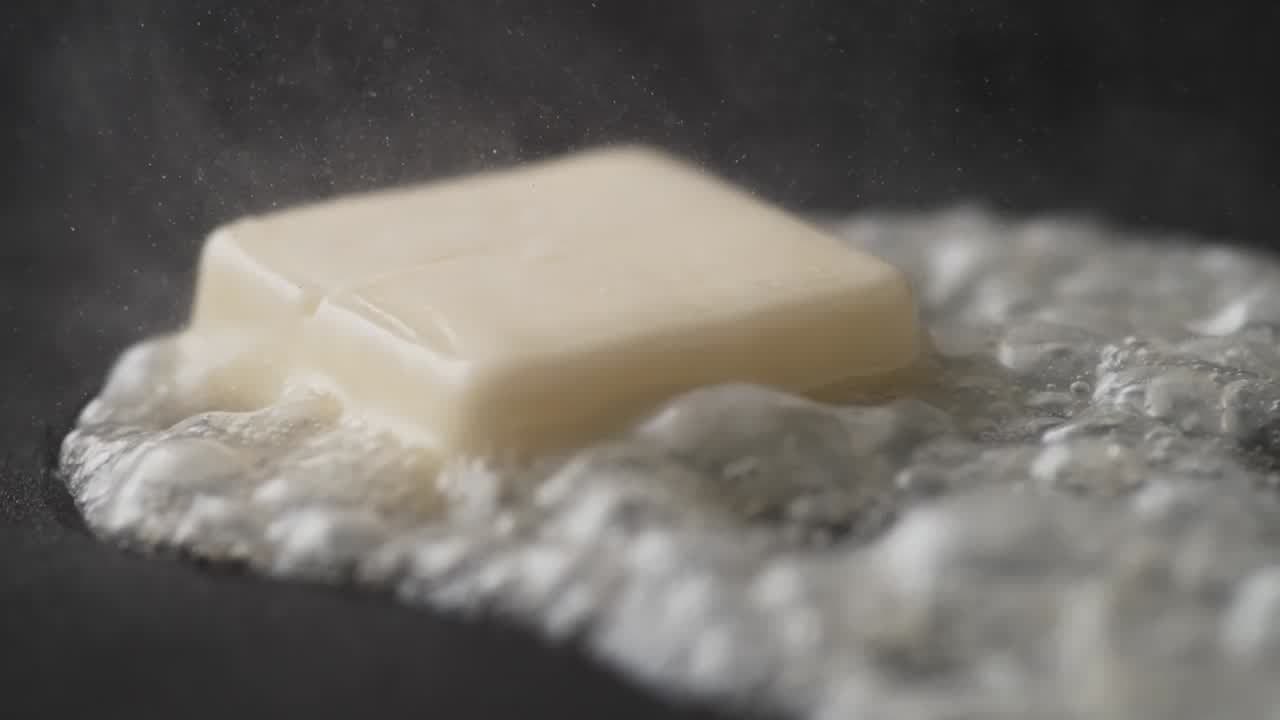
Living
Teen Overcomes Rare Disease with Innovative Treatment at Royal Stoke
A 13-year-old girl named Kai Xue has become the first person to recover from a rare and challenging medical condition known as Wild syndrome, thanks to groundbreaking treatment at Royal Stoke University Hospital. This condition, which affects only 21 people globally, leads to severe swelling due to lymphatic fluid accumulating in the abdomen, along with the growth of warts.
Kai’s journey to recovery was long and involved many hospital visits. Her condition puzzled many doctors until she was referred to Royal Stoke, where a revolutionary procedure was performed. The doctors at the hospital managed to block and fix a leak in her liver, which was crucial for treating her symptoms. After five intense weeks of care, Kai was able to go home.
Her mother, Ning Chen, shared their relief and happiness about finally finding a cure after years of searching. “After visiting numerous hospitals and trying various treatments, including trips to China, it’s almost unbelievable that we are finally heading home cured,” she said.
Dr. Mona Mossad, a leading expert in lymphatic interventions, played a key role in this medical breakthrough. Initially, the team tried to enhance lymphatic drainage by dilating Kai’s thoracic duct, a method previously attempted with limited success in adults in the UK. When this did not yield the desired results, further tests pointed them towards a leak in Kai’s liver.
This discovery led to a complex procedure involving the use of specially ordered tiny needles to work on Kai’s smaller, delicate vessels. The successful repair involved sealing off the leak with a special surgical adhesive and draining an extensive 28 liters of fluid from Kai’s abdomen.
Dr. Yvonne Slater, a consultant paediatric gastroenterologist, expressed joy over Kai’s recovery. “It’s a monumental achievement for Kai, being the first child globally to undergo and recover from this procedure,” she stated.
Ning Chen couldn’t be more grateful to the medical team and staff at the hospital. “Kai means the world to me, and I am so thankful to everyone who has supported us through this journey,” she said, praising the exceptional care and effort provided by the hospital staff.
Kai’s successful treatment marks a significant milestone in medical history, offering hope and a potential new treatment path for others suffering from similar rare conditions.
Living
Ukraine’s New Generation of Pet Owners: Finding Hope and Healing Through Animal Adoption

In the wake of Russia’s invasion of Ukraine, a heartening trend has emerged among the country’s younger generation. Millennials and Gen-Z Ukrainians, many of whom previously hesitated to take on the responsibility of pet ownership, are now stepping up to adopt animals displaced by the conflict. This wave of compassion is particularly evident in Kyiv, where the canine population now includes many furry friends with poignant wartime backstories.
This article highlights several touching tales of adoption:
Olena, a 30-year-old entrepreneur, found an instant connection with Chara, a dog rescued from Izium in the Kharkiv Region. Their bond formed quickly, creating a new family unit.
Daria, 31, welcomed Amelie, a cocker spaniel discovered near the Belarusian border by her boyfriend during a military mission. Amelie’s rescue fulfilled Daria’s long-held desire to help an animal in need.
Nastia, a 32-year-old designer with roots in conflict-affected regions, found solace in Spike, a mixed-breed dog from the Donetsk region. Their relationship has brought joy amidst Nastia’s experiences with displacement.
Vitalii, 33, and his wife Julia adopted Dyvo (meaning “Miracle” in Ukrainian), a puppy who overcame severe illness. For Vitalii, this marked his first deep connection with an animal, becoming a source of healing.
Costya, 34, and his girlfriend chose Runa from a shelter in Vasylkiv, appreciating the organization’s approach to reducing animal stress through temporary home placements.
Oleh and Lika, a creative couple, brought Maoshinda, a Ukrainian Laika, into their lives, overcoming initial hesitations about pet ownership.
Anya, 22, found companionship in Luna, a street dog who lost her puppies, filling a void left by wartime disruptions.
Max, 33, adopted Chief, a dog rescued from the Donetsk region, learning to navigate the challenges of pet ownership, including separation anxiety.
Olga and Andrii’s adoption of Sirko, a husky rescued from Irpin, prompted Olga’s return to Ukraine from Berlin, symbolizing a deeper commitment to their home during uncertain times.
These stories collectively illustrate how adopting animals affected by war has not only provided homes for displaced pets but also brought healing, purpose, and renewed hope to their human companions during a challenging period in Ukraine’s history.
Living
Breakthrough in Maugean Skate Conservation: First Captive-Born Hatchling Thrives

Scientists at the University of Tasmania’s Institute of Marine and Antarctic Studies (IMAS) are celebrating a significant milestone in their efforts to save the endangered Maugean skate. The captive breeding program, initiated in December, has produced its first hatchling from an egg laid in captivity.
Professor Jayson Semmens, who leads the project, expressed enthusiasm about this development, noting its importance in validating the program’s scientific approach. The success comes at a crucial time, as recent studies have shown a dramatic decline in the skate population in its last known habitat, Macquarie Harbour on Tasmania’s west coast.
The breeding program has seen remarkable progress since its inception. A female skate brought into captivity has been consistently producing eggs, with over 100 laid so far and about 70 showing signs of embryonic development. The first healthy female hatchling emerged on July 10, with more expected soon.
Interestingly, the eggs are being fertilized using sperm stored by the female from previous mating in the wild, as the captive male was initially kept separate to avoid disturbing the laying process. Scientists are now observing the interactions between the adult skates in captivity.
The program has evolved rapidly, moving from basic care of skates and their eggs to successfully nurturing embryos into viable hatchlings. While there have been challenges, including the loss of two adult skates early in the program, these setbacks have led to improved screening and care protocols.
Looking ahead, researchers are focusing on developing strategies for successfully reintroducing captive-bred skates into the wild. Macquarie Harbour’s unique environmental conditions, including naturally low oxygen levels, present specific challenges that need to be addressed.
The Tasmanian government has incorporated the captive breeding program into a broader conservation action plan for the Maugean skate. However, environmental groups stress the need for urgent attention to the root causes of the harbour’s poor water quality, particularly citing concerns about the impact of salmon farming.
Despite these challenges, the scientists involved in the project express a sense of privilege in their work to preserve this endangered species, viewing each day with the skates as a special opportunity to contribute to conservation efforts.
Living
Centennial Celebration: World Unites to Honor RAF Veteran with Flood of Birthday Wishes

A heartwarming global response marked the 100th birthday of Richard ‘Dick’ Skepper, a former Royal Air Force (RAF) serviceman. Following an appeal by the RAF Association, Skepper’s Warwickshire home was inundated with birthday cards from well-wishers worldwide, creating an unforgettable centennial celebration.
The outpouring of support left Skepper deeply moved. His son, David, shared that the cards came from an incredibly diverse range of senders, spanning multiple generations and continents. The family was amazed to see postmarks from as far as Australia and the Americas, alongside numerous European countries.
David emphasized how touched his father was by the thoughtfulness evident in each card. The veteran took the time to read every message, marveling at the variety of designs and their far-flung origins. While individual acknowledgment of each sender isn’t feasible, the family expressed profound gratitude for the joy these gestures brought to Skepper’s milestone birthday.
The centenarian’s military service began at 18 when he joined the RAF, eventually serving with 7 Squadron under Bomber Command at RAF Oakington in Cambridgeshire. His role as a Flight Mechanic – Engines (FM1) was crucial to the war effort.
To commemorate this special occasion, Skepper enjoyed a garden party at his nursing home, Kinton Manor, surrounded by loved ones. The global card-sending initiative not only honored his past service but also created new, cherished memories as he enters his second century of life.
This outpouring of international support demonstrates the enduring respect for veterans and the power of community to create meaningful celebrations across borders.
Living
Oxford Brewery Reduces Reoffending Rates by Training Ex-Convicts to Brew

Tap Social Movement, a craft brewery in Oxford, hires and trains ex-convicts in ale-making. This approach has been successful in reducing reoffending rates and is seen as a potential solution to the overcrowding crisis in UK prisons.
Amy Taylor and Paul Humpherson, former Ministry of Justice advisers, co-founded Tap Social Movement after becoming frustrated with the lack of support for prison leavers. They saw that many ex-convicts struggled to find housing, employment, and the self-confidence to reintegrate into society.
“We were part of a system that wasn’t addressing the root causes of overcrowding,” said Humpherson. “There are huge barriers for people wanting to rebuild their lives after release, and often, the necessary support isn’t there.”
Taylor, Humpherson, and Taylor’s sister, Tess, started the brewery to show that businesses could help prison leavers and still be commercially successful. They are part of a growing number of businesses, including the Co-op, Greggs, and Pret a Manger, that hire ex-offenders. James Timpson, known for his key-cutting business that employs jail leavers, was recently appointed as prisons minister.
Humpherson believes the government should offer incentives to encourage more businesses to run similar programs. “Having a stable job with caring employers gives ex-convicts the framework to rebuild their lives,” he said. “This leads to less crime, fewer victims, and lower costs for prosecution and punishment. It’s a win-win.”
Since Tap Social Movement opened in 2016, only 6% of the more than 50 ex-convicts they’ve hired have reoffended, compared to the national average of about 50%. The brewery has expanded to include three bars and a bakery, all staffed partly by former convicts.
Staff members have moved on to various careers, including construction, security, hospitality, and car sales. Olsi Vullneteri, who worked at Tap as an assistant brewer after serving a seven-year prison sentence for fraud, started his own sales business using the skills he learned at the brewery.
“When you get out of prison, you think you’ll never be respected again,” said Vullneteri. “But Tap restored my faith. They understand where you’re coming from and help you relearn how to live outside. I loved every second, especially the quality control tastings.”
The beer from Tap Social Movement, including Time Better Spent IPA, is recognized by the Good Beer Guide, and their Inside Out stout won a gold medal from the Society of Independent Brewers and Associates.
“It’s important to us that the product isn’t just a gimmick,” said co-founder Tess Taylor. “People often buy the beer to support our mission, but they keep buying it because it’s genuinely great beer.”
Living
New ‘Butter’ Made from CO2 Could Change Food Production

A new type of butter that doesn’t need animals or farmland might soon be available in the US. This innovation, created by the start-up Savor, uses carbon dioxide (CO2) to make a vegan fat. This could help reduce carbon emissions and protect rainforests.
Savor’s “butter” is made in a way similar to how fossil fuels are processed, not food. Kathleen Alexander from Savor says, “There is no biology involved in our specific process.” This butter doesn’t need animals, fertilizers, hormones, or antibiotics. It’s real fat, not a substitute, so it carries the same calories and flavor without the environmental drawbacks.
Savor’s method involves taking CO2 and adding heat and hydrogen to create fat chains. These are then mixed with oxygen from the air to produce fats and oils similar to those we use in cooking. This process avoids the use of animals, palm plantations, and harmful chemicals, making it an efficient and eco-friendly method.
Savor is working with chefs to create recipes using this new butter. They are offering samples to professional chefs and bakers to test in their kitchens. This innovation could change how we make milk, ice cream, cheese, meat, and tropical oils.
Bill Gates, who supports Savor, highlights the benefits of this new butter in a blog post. He explains that the process does not release greenhouse gases, uses no farmland, and requires very little water. Importantly, it tastes like real butter because it chemically is.
Cows produce a lot of methane, a powerful greenhouse gas. According to UC Davis, cattle are the largest agricultural source of greenhouse gases, contributing to 14.5% of global emissions. While there are dairy alternatives like margarine, these often rely on plant oils, which still need land and resources to grow. Palm oil, for instance, has been linked to deforestation and biodiversity loss.
Savor’s butter stands out because it doesn’t require the plants, animals, or chemicals used in traditional fat products. So far, Savor has raised over $33 million from investors like Breakthrough Energy Ventures and Climate Capital. The company hopes to bring its butter to the market soon and is also exploring making other products like milk, cheese, and tropical oils.
This new butter could be a big step towards more sustainable food production, offering the same taste and quality without the environmental impact.
-

 OMG6 years ago
OMG6 years agoA Couple Gave Birth to the Most Beautiful Twins Ever
-

 OMG7 years ago
OMG7 years ago20 Rare Historical Photos
-

 OMG6 years ago
OMG6 years agoHilarious Airport Photos
-

 Cute6 years ago
Cute6 years agoMom Refuses to Let Daughter Eat Sugar and Years Later This is What She Grows Into
-

 OMG6 years ago
OMG6 years agoTop Secret Air Force One Facts That You Never Knew
-
OMG6 years ago
The Funniest Yearbook Photos Of All Time
-

 OMG6 years ago
OMG6 years agoRetired Mathematician Restores Log Cabin
-

 OMG5 years ago
OMG5 years agoWhat Happened When This ‘Duck Dynasty’ Legend Chopped Off His Beard?